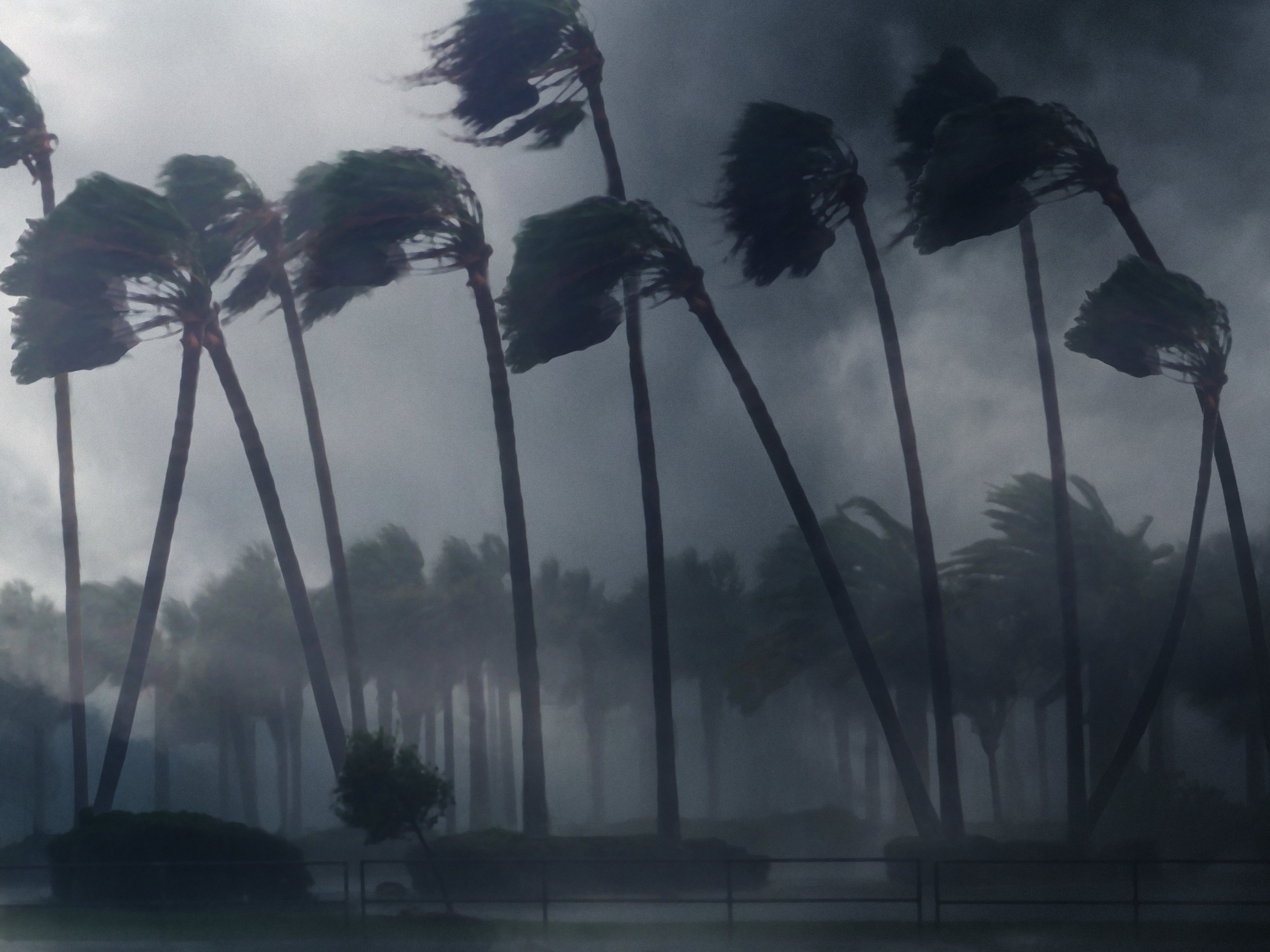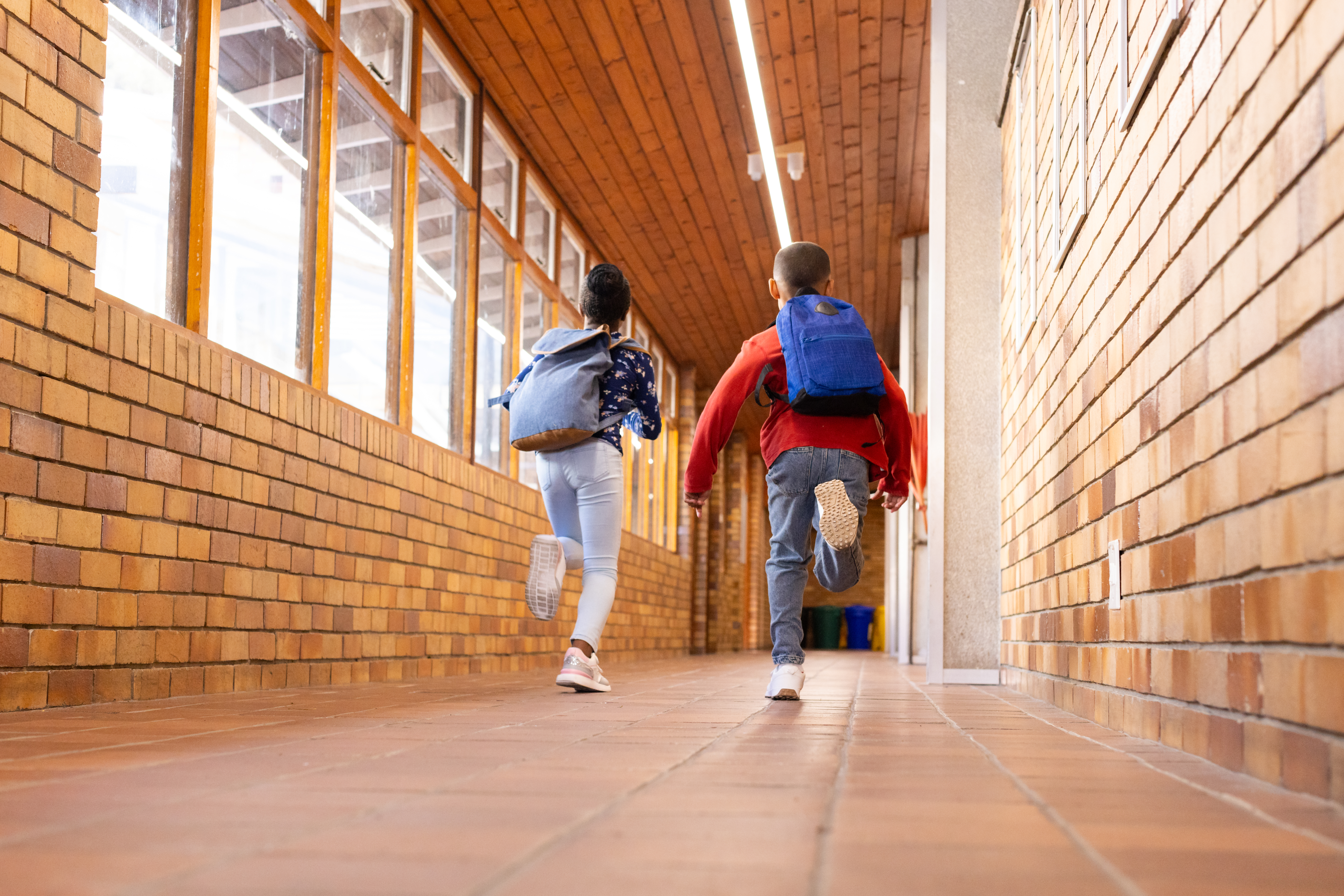No matter where your school is located, natural disasters remain a real and unpredictable threat. Hurricanes, floods, earthquakes, wildfires, tornadoes, and severe storms can disrupt daily operations in seconds, impacting power, transportation, communications, and the safety of students and staff.
While every region faces different hazards, the core steps to prepare, respond, and recover remain consistent. By planning ahead and empowering your school community, you can significantly reduce risk and improve outcomes when a disaster strikes.
Here are five essential ways to prepare your school for natural disasters:
1. Build and Maintain a Comprehensive School Crisis Plan
Natural disasters can occur with little to no warning, making a well-developed emergency operations plan (EOP) essential. This plan should clearly outline how your school will prevent, prepare for, respond to, and recover from crisis events.
A strong crisis plan should include:
- Defined roles for school safety teams
- Ongoing staff training
- Protocols for reunification, evacuation, shelter-in-place, and communication
- Clear, shared vocabulary and expectations across staff, students, parents, and first responders
Modern schools also benefit greatly from digital emergency communication systems that streamline alerting, data collection, and two-way communication, ensuring information moves quickly and accurately when it matters most.
2. Engage and Educate Families Before Disaster Strikes
Successful recovery after a disaster depends on strong coordination with families. Schools should incorporate post-disaster reunification into their safety planning and communicate expectations clearly throughout the year, not just during an emergency.
Consider sharing:
- Evacuation zones and designated reunification sites
- What families should expect during post-disaster reunification
- Resources in multiple languages and formats
- How accommodations will work for students with disabilities
Schools should also collaborate with community partners and first responders to align reunification procedures and ensure families receive accurate, timely information.
3. Establish Critical Incident Response Teams
Beyond physical safety, natural disasters often leave lasting emotional and psychological impacts. Critical incident response teams provide immediate and ongoing support for students and staff following a crisis.
These teams typically include:
- Mental health professionals
- School leaders and educators
- Law enforcement or school resource officers
- Community or district safety personnel
Their role is to stabilize the school environment, identify individuals who need long-term support, and guide the school community through recovery.
4. Assess and Strengthen School Facilities and Equipment
Even the most comprehensive plans rely on facilities that are ready to withstand severe conditions. Schools should regularly inspect and improve infrastructure to reduce vulnerabilities.
Depending on your region, this may include:
- Installing impact-resistant coverings or shutters
- Reinforcing windows and doors
- Securing outdoor items that may become storm debris
- Stocking essential emergency supplies such as flashlights, radios, whistles, first-aid kits, and generators
Being proactive about physical preparedness can significantly reduce damage and accelerate recovery.
5. Conduct Regular Drills and Community-Based Exercises
Practice is critical. Schools should routinely test plans through drills that mirror real-world scenarios and involve staff, students, first responders, and community partners.
These exercises can help identify:
- Gaps in communication
- Bottlenecks in evacuation
- Training needs for staff
- Opportunities to strengthen coordination with outside agencies
Communities like Corpus Christi, Texas, conduct full-scale hurricane evacuation drills with volunteers and partner organizations, an example schools can emulate at a smaller scale to ensure readiness.
Bringing It All Together With Digital Emergency Management
Coordinating plans, drills, reunification processes, and communications is significantly easier with a digital emergency management platform such as CrisisGo’s Safety iResponse. A modern platform:
- Centralizes safety plans, maps, and resources
- Enables two-way communication with staff and first responders
- Supports reunification workflows
- Provides real-time situational awareness
- Reduces confusion and disruption during and after a disaster
With informed planning, the right tools, and a culture of preparedness, schools can protect students, empower staff, and strengthen resilience through any natural disaster.









.png)
.png)

No Comments Yet
Let us know what you think